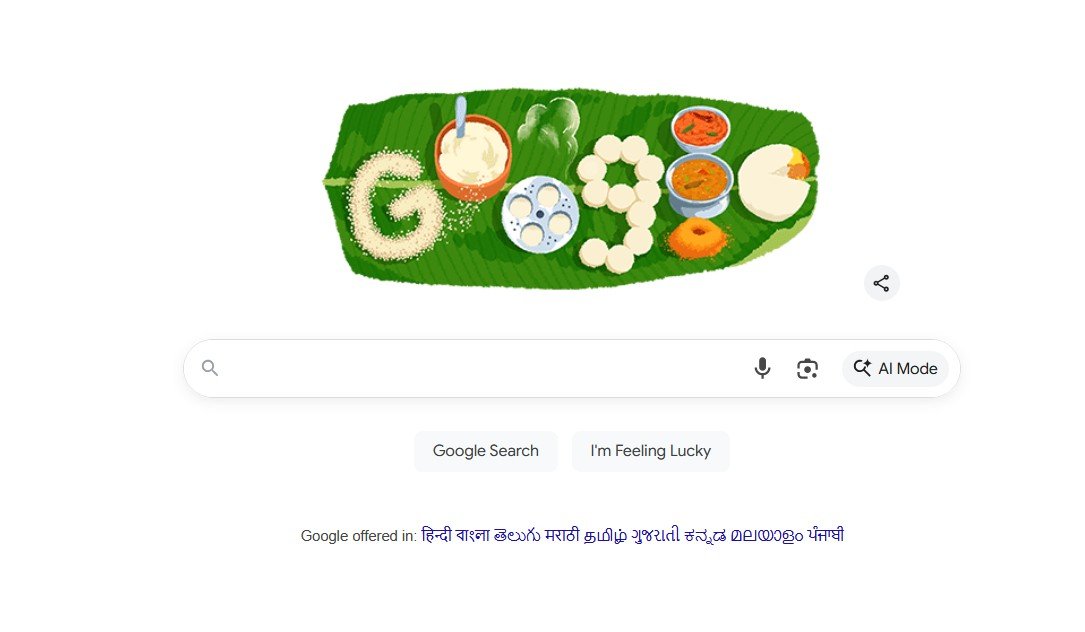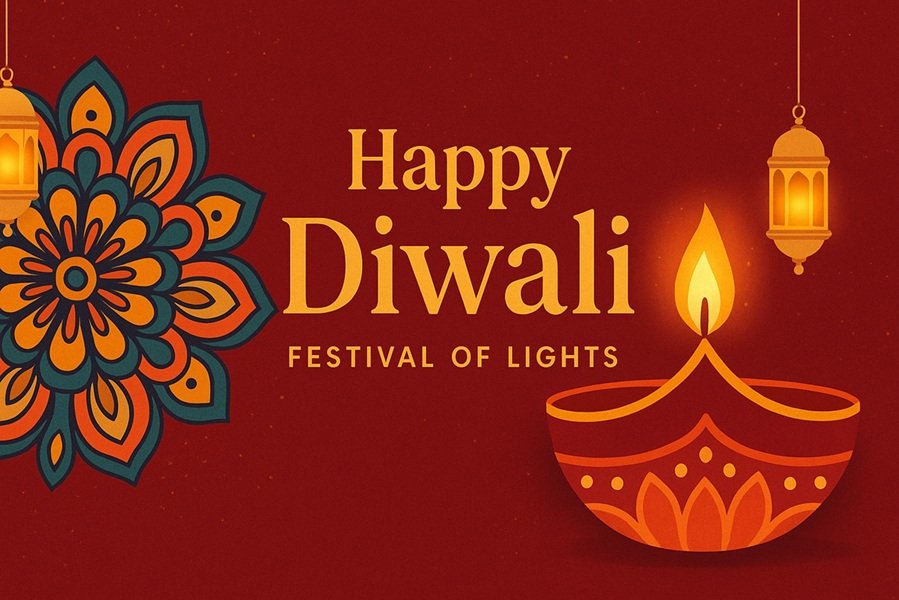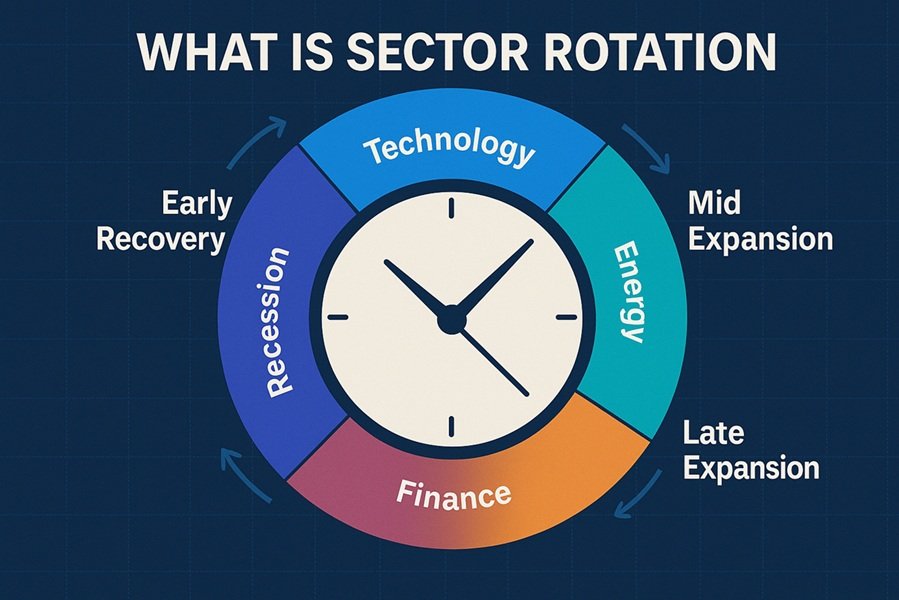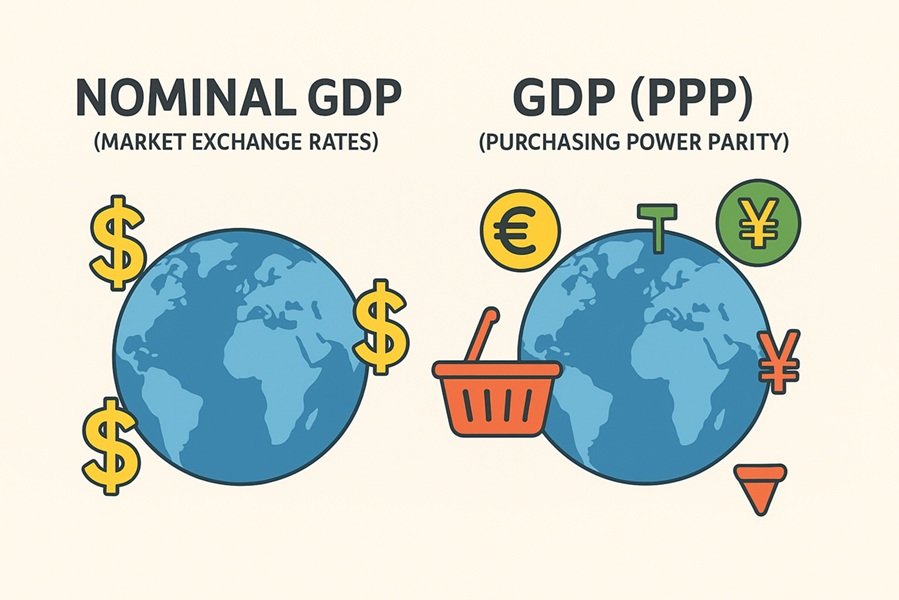
Google Honors Idli with a Special Doodle
Google has once again celebrated India’s culinary heritage — this time with a vibrant Google Doodle dedicated to Idli, one of South India’s most beloved breakfast dishes. The doodle features Google’s logo beautifully crafted with steaming Idlis, bowls of batter, and coconut chutney, all laid out on a traditional banana leaf — a heartwarming tribute to India’s rich food culture.
According to Google, this special doodle doesn’t mark any particular day or anniversary. Instead, it honors the cultural significance, simplicity, and health value of Idli — a dish that has transcended regional boundaries to become a symbol of Indian comfort food worldwide.
Why Idli Is So Special
Idli is more than just a breakfast item; it’s an emotion deeply woven into Indian homes and traditions. While it may look simple, its preparation involves patience and skill. The process begins with soaking rice and urad dal (black gram), grinding them into a smooth batter, and allowing it to ferment overnight. The next morning, the fermented batter is steamed to create soft, fluffy, and nutritious Idlis that melt in your mouth.
This humble dish reflects the warmth of home-cooked meals, often served with sambar and chutney — a combination that defines South Indian comfort cuisine.
#IdliLove Takes Over Social Media
As soon as Google released the Doodle, social media platforms were flooded with posts celebrating Idli. The hashtag #IdliLove began trending as people shared pictures of their homemade Idlis, cherished recipes from their grandmothers, and childhood memories of Sunday breakfasts.
Many users expressed how Idli is their go-to comfort food — light, wholesome, and perfect for all ages. For millions, the aroma of freshly steamed Idlis brings nostalgia, family bonding, and the joy of traditional Indian cooking.
Why Google Chose October 11 to Celebrate Idli
While the World Idli Day is officially celebrated on March 30 every year, Google decided to dedicate its Doodle on October 11 to highlight Idli’s growing global popularity.
The aim was to recognize Idli as a vegan, gluten-free, and nutrient-rich superfood that aligns perfectly with today’s global health trends. Whether it’s in Chennai, New York, or Tokyo, Idli is being embraced as a wholesome meal that bridges tradition with modern wellness.
Health Benefits of Eating Idli
Idli isn’t just delicious — it’s also packed with nutrition. Here are some key reasons why this South Indian delicacy deserves a regular spot on your plate:
1. Light and Easy to Digest
Since Idlis are steamed, they contain minimal oil or fat. This makes them gentle on the stomach and easy to digest, even for those with sensitive digestive systems.
2. Natural Energy Booster
Made primarily of rice and lentils, Idli provides a steady source of carbohydrates — fueling your body with energy to start the day strong.
3. High in Protein
Urad dal, a key ingredient, is rich in protein that helps in muscle repair and overall body strength.
4. Ideal for Weight Management
Low in calories and free from excess oil, Idli is a favorite among fitness enthusiasts and those aiming to lose weight without compromising on taste.
5. Suitable for All Ages
Idlis are soft, non-spicy, and oil-free — making them perfect for both children and elderly family members.
A Dish That Unites India
From Tamil Nadu to Telangana, from Maharashtra to Delhi, Idli has found a place in every Indian household. Its adaptability — with regional variations like Rava Idli, Kanchipuram Idli, and Mini Idlis in Sambar — makes it one of the most versatile dishes in Indian cuisine.
Today, thanks to Google’s tribute, the world recognizes Idli not just as a South Indian breakfast but as an emblem of India’s culinary diversity and a symbol of healthy, traditional living.
In Conclusion
By dedicating a doodle to Idli, Google has put the spotlight on one of India’s simplest yet most loved foods. It’s not just about taste — Idli represents heritage, nutrition, and unity in diversity.
As #IdliLove continues to trend, this humble dish reminds the world that sometimes, the simplest foods carry the richest stories.








